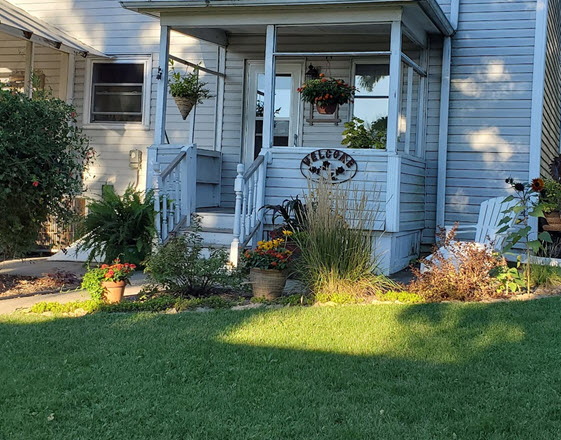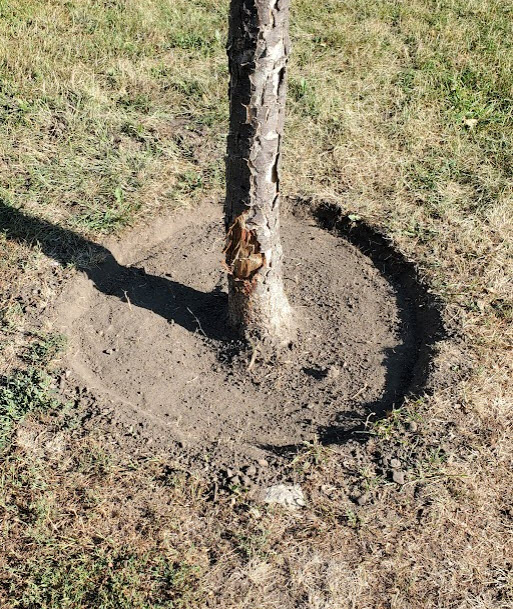Click below to listen to my 2 min. Garden Bite radio show/podcast: Re-thinking No Mow May
Audio PlayerAs I close the chapter on my Garden Bite radio show this week, I’m going to focus on rethinking our lawns and my own gardening philosophy. Today I want to focus on a popular initiative that is getting a 2nd look. That is No Mow May.

The idea of it was to assist pollinators by allowing early flowering, however, I recently received information from University of Minnesota Extension turfgrass educator, Jon Trappe, wherein he explains that the trend was first promoted by a research paper that has since been retracted!
He was asked if he would support an mandate outlawing mowing in May. In a recent discussion with members of the University of Minnesota bee lab, we discussed what abstaining from mowing in May would mean for pollinators and lawns.
This year, 2023, the experts are advocating “slow mow summer”. Trappe says, in Minnesota, (and I’ll add the upper Midwest) not mowing in May means the lawn could grow to 12-18 inches high by June 1st.
This creates many practical challenges for homeowners for mowing down to more ideal mowing heights, such as having to compost the clippings off-site. I remember this in my own situation and ended up mowing my lawn.
As I’ve talked about before, mowing more than 1/3 of the plant’s tissue in a single mowing event is known as scalping, and can harm the lawn, stressing it. If we don’t receive rain and have high temps as we did the last 2 years, this could be a major problem.
In the photo below, note how close my neighbor mows the expanse of lawn he has. It’s a rental so he’s not there often. It is scalped. I’m trying to save the Ancestry Oak so I removed sod to get him to steer clear of hitting the tree.

